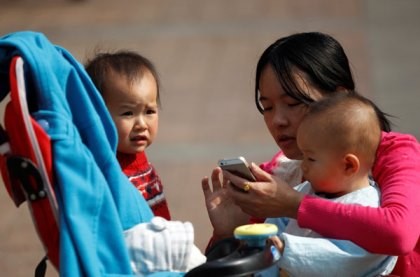The sorry state of emergency pediatric services in China has recently sparked wide concern and criticism, after news of an ambulance refusing to carry a newborn in Suzhou, Jiangsu Province, made the local media rounds.
The 31-day-old female infant, according to a report made by the Yangtze Evening Post, was described to have been choking on milk powder. The first ambulance that responded refused to take the girl, but a second ambulance showed up. Despite this, the second ambulance declined to lend its services, unless the baby was held by her father, and also refused any on-the-spot treatment, just transportation.
According to a report by The People's Daily, the ambulance were "in a pickle," as the specialized newborn ambulance was also dealing with another patient. They could have taken her using an ordinary ambulance; however, such transport is not equipped with first-aid facilities for newborns.
Specialized newborn ambulances or baby ambulances come with medical kits, respirators, monitors, even incubators. Only 50 out of 109 hospitals that offer Neonatal Intensive Care units have baby ambulances, according to a foundation sponsored by the now non-operational Ministry of Health. What's more surprising is that even some of China's more-developed regions have no baby ambulances at all.
"We [medical institutions] are already in a tight financial situation, who will pay for a white elephant?" said Deng Liqiang, director of the Chinese Medical Doctors Association's (CMDA) legal department.
"Although we believe it is valuable every time it is used, it is only a drain on funds at other times."
It is reported that a single baby ambulance costs between 1 million yuan and 1.5 million yuan. Maintenance costs of such a facility are also expensive.
The shortage of baby ambulances, pediatricians and specialized doctors is a nationwide concern that must be addressed by the government, as it reflects the unbalanced distribution of pediatric resources, which are already insufficient, within the country.




























